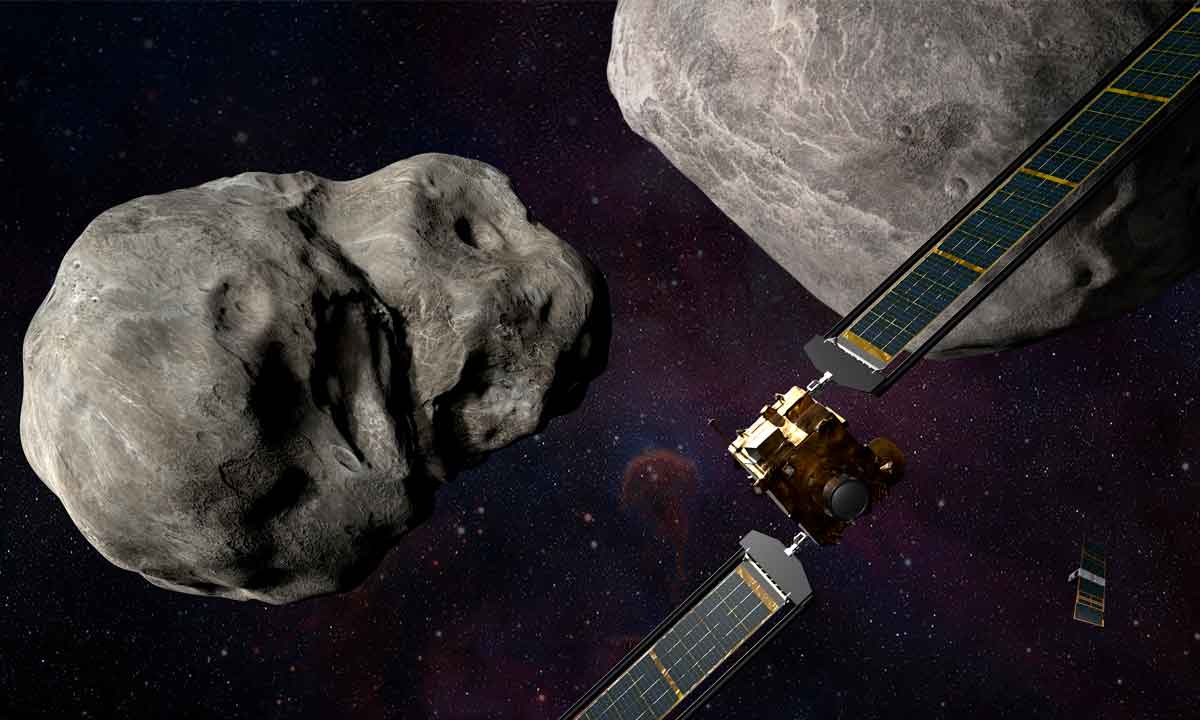No, asteroid 2023 CJ1 is not a threat to Earth
- February 13, 2023
- 0
I have read in various media, references to asteroid 2023 CJ1 and before I even use the usual devices to make an informed assessment of what’s really going
I have read in various media, references to asteroid 2023 CJ1 and before I even use the usual devices to make an informed assessment of what’s really going

I have read in various media, references to asteroid 2023 CJ1 and before I even use the usual devices to make an informed assessment of what’s really going on, I feel familiar, quite familiar, like Bill Murray at every sunrise in Time Out. They say that history tends to repeat itself, especially if we don’t learn from it, and at least when it comes to meteorites that threaten our lives, I find that statement more than accurate.
The fact is that, as I indicated, both in some media and on social networks, publications have spread today in which It is claimed that NASA has warned of a very, very close to Earth flyby of asteroid 2023 CJ1. The problem, of course, is that there are many factors that can cause a change in the orbit of meteorites and other bodies that move through space. For example, if one of these destructive rocks got too close to our planet, its gravity could cause it to eventually collide with it, unless Bruce Willis dodges it again (Bruce, we’re counting on you).
Some of these publications also they didn’t skimp on capital letters, exclamation points and other essentials to convey… well, let’s say sensationalism, and as a general rule, it’s usually a sign that the situation is actually far less troubling than it’s intended to imply.

But hey, maybe it’s best to go straight to the source, that is, see what the US space agency has to say about the asteroid, right? Well, for that we have to go to the JPL site, where they keep reporting five more asteroids that will pass close to Earth. In it we can actually see that 2023 CJ1 will pass “close” to our planet today, February 13th. Why the quotes? Well, because it’s close in the context of astronomical distances, but in reality it’s a distance, 4.8 million kilometers that, added to its course, to bring the level of concern expressed by NASA closer to absolute zero.
We have yet another way to check whether or not we should be worried about 2023 CJ1, and that is to look at NASA’s Sentry database, where we can find asteroids that have “major” (in this case I’m going back to the quotation marks, because in all cases is the risk very, very low) the risk of impact on Earth. Do you know where the 2023 CJ1 ranks in that list? The truth is that he has not held any position since then not even a part of it.
Although on a smaller scale this time, it was a repeat of what happened with the 2009 JF1 about a year ago. At this moment, based on the data observed so far, our planet and civilization as a whole, In this regard, they suffer no threat. Obviously, there can be a fireball impact that has local effects, but nothing more. However, space agencies are working on programs and plans to counter this type of threat, such as the successful DART. So, at least for now, if we want meteorites that can destroy our planet, we’ll have to revisit Armageddon.
Source: Muy Computer
Donald Salinas is an experienced automobile journalist and writer for Div Bracket. He brings his readers the latest news and developments from the world of automobiles, offering a unique and knowledgeable perspective on the latest trends and innovations in the automotive industry.